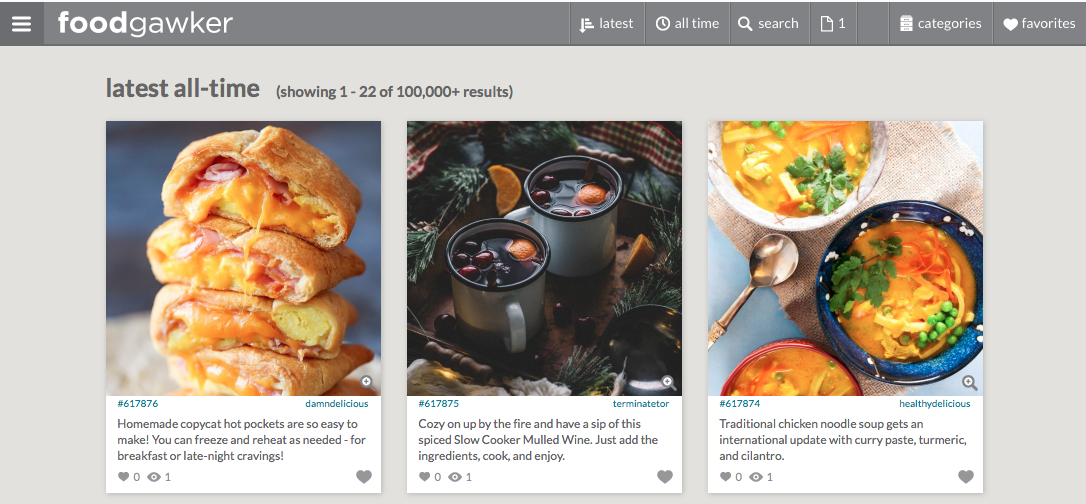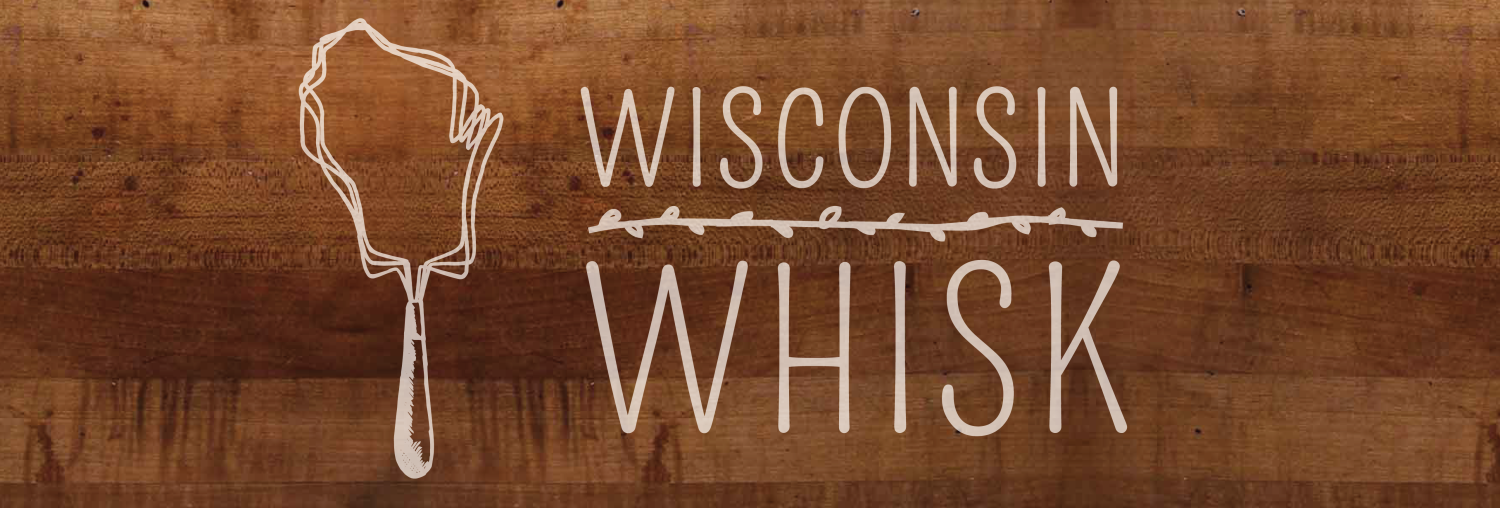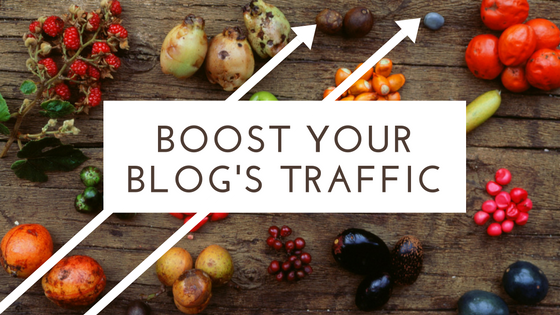Social Media:
It may seem petty, but social media is important. There are over 1.8 billion active users on Facebook, 317 million on Twitter and 500 million on Instagram. Not only will it increase your blog’s accessibility, but it will help you build connections with other like-minded foodies.
- Food-specific sites: Share your recipes on sites like Foodgawker (requires the site admins to accept your submission), Tastespotting and Food52. Sometimes, larger media sites (like Buzzfeed) pick up recipes from these social sites, so it’s well worth it.
- Analytics: Install Google Analytics and follow trends in your content.
- Networking: Comment on other blogger’s posts and link to other food blogs (plus, it’s good karma).
- Accessibility: Make it easy for readers to follow your content. Links to your social media sites and sharing buttons should be prominent on each of your blog’s pages. Consider making an RSS/email subscription.

Content & Design:
Intriguing content and a visually appealing blog will keep readers coming back for more.
- Photography: The more attractive your photos, the more readers will want to make your recipes. Check out our food photography tips in our last resources post.
- Content: Relate to readers, tell them stories and show your personality through your posts. Make your site home to original content. Try to post on a regular basis, but also remember that quality > quantity.
- Design: Make sure your site’s design makes your content easy to find, follow and read. Implement white space, create symmetry, keep it simple and feature your site’s most important attributes.
SEO:
SEO (search engine optimization) is much less intimidating than it sounds. Basically, search engines (like Google) are picky about what they choose to feature and make easily “searchable.”
- Keywords: These are sometimes referred to as “tags” or “meta tags,” but they are essentially words that should describe the theme of your blog. For example, “vegan” is a great keyword if you’re a vegan blogger.
- When to use keywords: Aim for 1-2 keywords/post. Use the strongest keyword in your title, URL, photo titles and the first couple sentences of your post.
- Recipe structure: Search engines like to know specific information, in recipes, so consider including fields like yield, prep time, cook time, total time and nutritional information. You may may find recipe plugins like ZipList or EasyRecipe helpful too.
- Links: Linking to your old content not only brings more attention to your past posts, but it also boosts your SEO (yes, win-win!)
- Self-hosted blog: Consider purchasing your own domain name (no more blogname.wordpress.com) to boost your SEO and increase your blog’s growing potential.
- Check out Google’s SEO starter guide for more info.
Ways to Boost Food Blog Traffic

